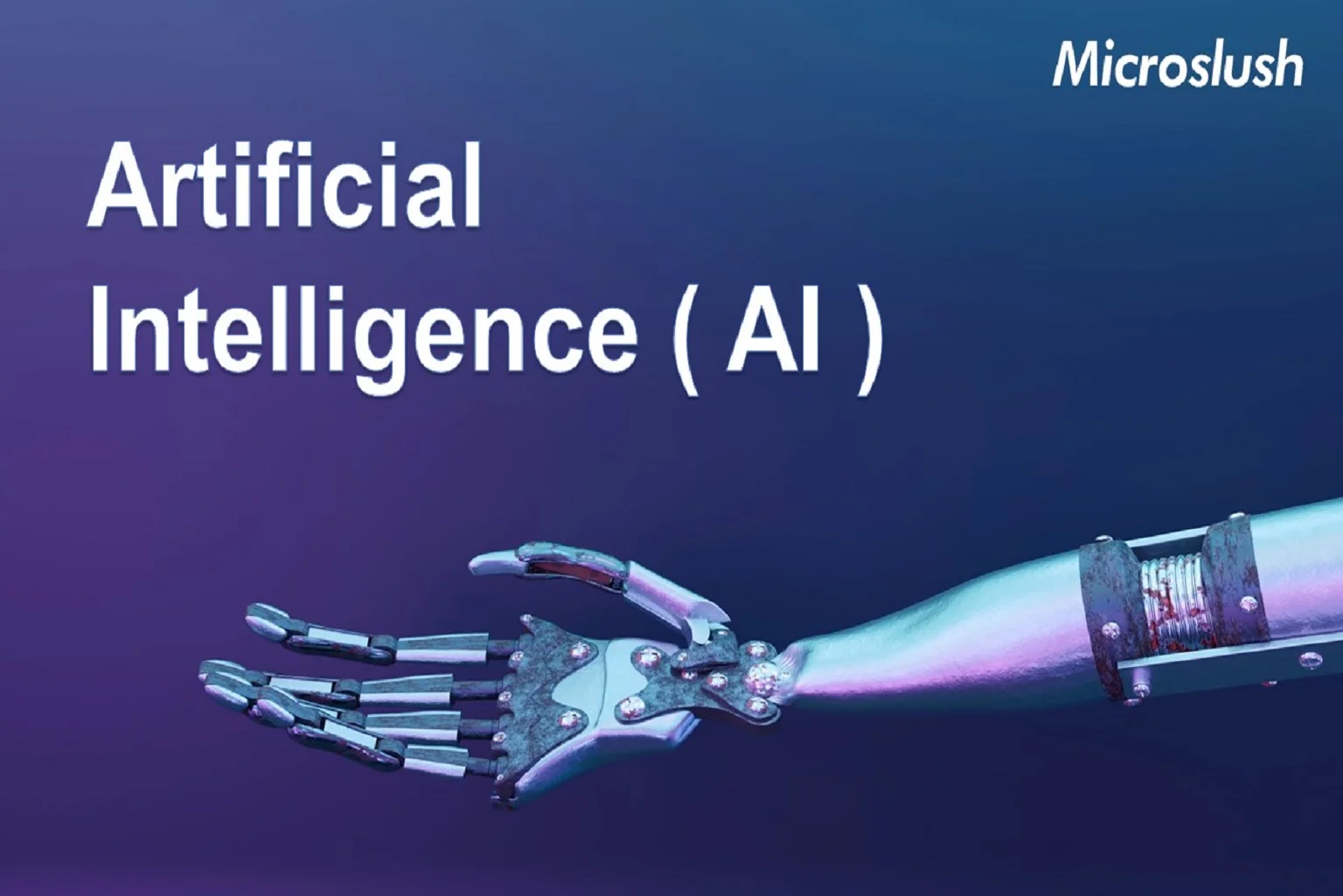12 Jan

What is Artificial Intelligence? Types of AI? Artificial intelligence (AI) is a rapidly growing field aimed at simulating human intelligence in machines so that they can think, learn and decide for themselves. AI has been of interest for decades, but recent advances in areas such as machine learning, natural language processing, and data analytics have greatly improved AI capabilities, enabling applications such as healthcare, finance, transportation, manufacturing, and various industries.
Some Top tech companies that provide the best services for AI and data science are Microslush, Daffodil, and Flexsin. When it comes to AI, there are many types.
Types of Artificial Intelligence
- Reactive Machines
- Limited Memory
- Theory of Mind
- Self-Aware
- Supervised Learning
- Unsupervised Learning
- Reinforcement Learning
- Learning
1. Reactive Machines:
These are the most basic kind of AI systems; they can mainly react to their surroundings and carry out such a task; they are unable to remember previous experiences or events. This kind of AI is widely employed for straightforward tasks like picture identification, where the AI merely needs to identify an object in a given image without taking any prior context into account.
2. Limited Memory:
These represent the most basic AI systems, capable of just reacting to their surroundings and performing a task, but they lack the ability to recollect previous events or experiences. This kind of AI is widely employed for straightforward tasks like picture identification, where the AI merely needs to identify an object in a given image without taking any prior context into account.
3. Theory of Mind:
Such Intelligent machines are able to comprehend other people’s feelings and thoughts. They can simulate human-like social behavior, such as understanding intentions and predicting actions. These systems are not yet widely used but are being researched for potential use in areas such as mental health treatment, education, and social robotics.
4. Self Aware:
Many AI algorithms are self-aware, which means they are able to comprehend their own mental and emotional states. They are capable of introspection and self-reflection. As of now, self-aware AI systems do not exist and are considered to be in the realm of science fiction.
5. Supervised Learning:
Some Ai technologies learn by employing an algorithm, labeled training data, and transfer functions. The training data contains input-output pairs, where the AI model uses the inputs and corresponding outputs to learn how to make accurate predictions.
6. Unsupervised Learning:
These AI systems can learn without labeled training data, they discover hidden patterns and structures in the data without the need for a predefined loss function. This type of AI is used in applications such as anomaly detection, clustering, and dimensionality reduction.
7. Reinforcement Learning:
Such AI systems learn through trial and error by taking actions in an environment and receiving rewards or penalties. The AI learns to optimize its behavior based on rewards and penalties, which allows it to perform complex tasks such as playing games, robot navigation, and control.
8. Learning:
This is a subfield of machine learning that uses multi-layered artificial neural networks to learn from data. These networks are inspired by the structure and function of the human brain, allowing them to learn complex patterns and features in the data. Deep Learning is used in tasks such as image and speech recognition, natural language processing, and machine translation.
It’s worth noting that the field of AI is constantly evolving and new types of AI may emerge in the future. Each of these types of AI can bring a unique set of capabilities to various fields and industries, helping to solve complex problems and automate tasks that were once only possible with human intelligence.
For Tech related queries, the Microslush team provides the best services and responses to customers on time. Contact us at https://www.microslush.com/index.php/contact/.


